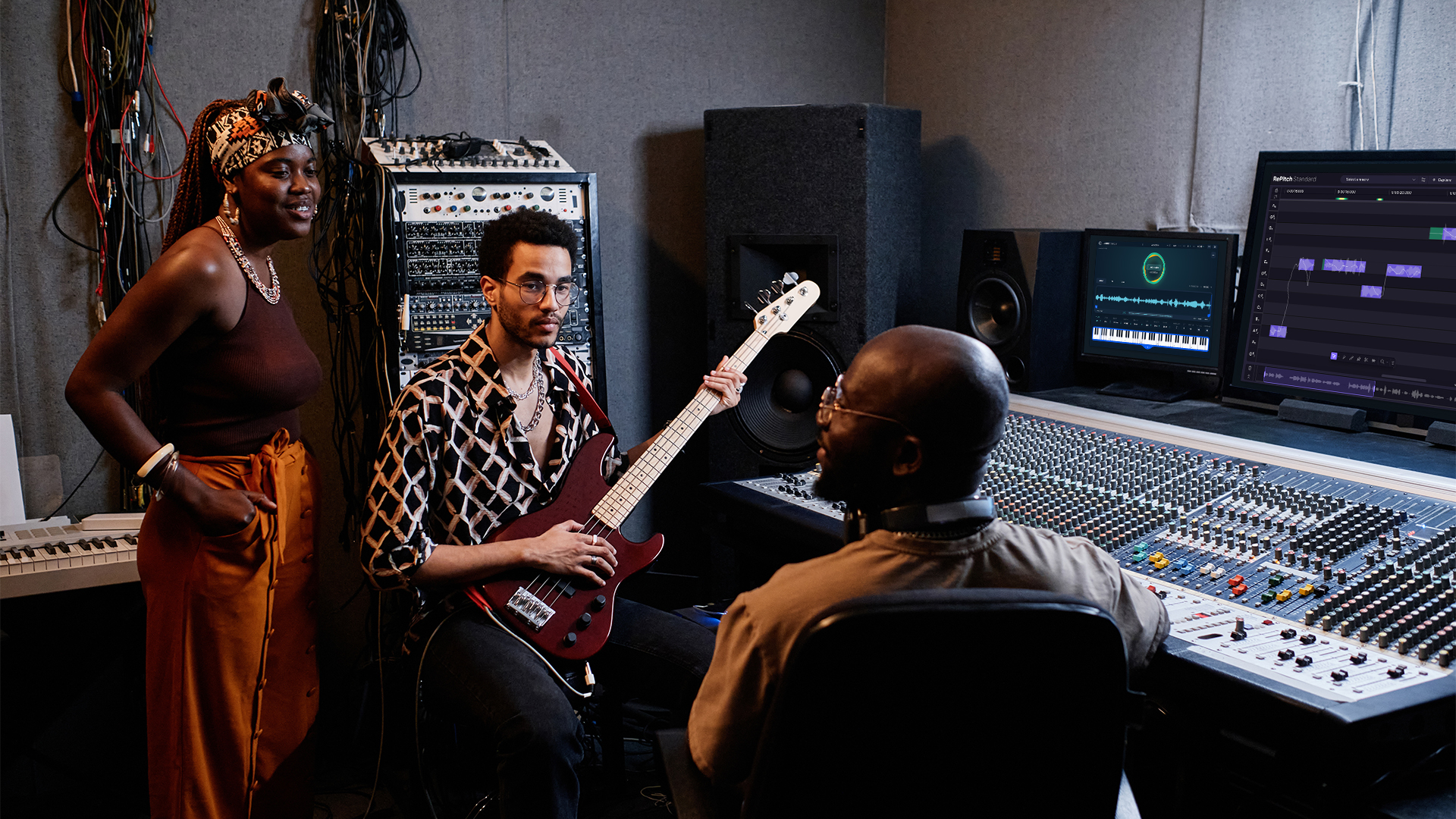Initiates in ancient Greece engaged in semi-religious Dionysian Mysteries—orgiastic rituals of dancing, music, intoxicants (namely wine and trance-inducing drugs available in the pre-modern world), and sex. The Mysteries are enigmatic; aside from worshipping the mythic god Dionysus and seeking some form of ecstatic experience, it isn’t clear why large groups fucked around a fire while listening to hypnotic music, high on psychotropic plant material and wine. It seems helplessly speculative to think we can fully know.
One can easily imagine, though, a group of diligent archaeologists in 1,000 years excavating the site of Electric Daisy Carnival Orlando, recovering a varicolored acrylic kandi bracelet inscribed “Pound Town” and mistaking it for prayer beads. Then, after finding evidence of a mass gathering of people, bodily fluids, and a pharmacopoeia of drugs, the archaeologists would be certain they’d discovered the site of a ceremony like the Mysteries, rather than a 3-day electronic music festival sponsored by Zyn, Geek Bar, and White Claw.
In an oblique sense, maybe the archaeologists would not be wrong. A common impulse does run through the Dionysian Mysteries and raving—it is the same cathartic impulse I witnessed the weekend of EDCO, a visceral release evinced on the raver’s face, sucking on a flashing, light-up pacifier, totally subsumed by a loud, pulsating beat and the tens of thousands at any given stage.
The only difference is now, instead of a conversion through rites and rituals and customs, initiation is the requisite cost of a ticket. Commercial nicotine pouches, vapes, and alcoholic seltzers are, aptly, the holy trinity of our contemporary cathartic gatherings.
This doesn’t mean EDCO doesn’t have its own rituals.
Michelle Lhooq, who covers rave culture professionally and is hyper-aware of its intricacies—unlike me, someone who has never written on music at all, and has been to less than a dozen raves—writes that most raves are “cringe.” For Lhooq, “much of the commercial rave scene feels more like a commodified leisure site, a Disneyland.”
It wouldn’t be a gratuitous comparison to say that EDC is the Disneyland of raves. It has excessively long lines, criminally overpriced food, cramped public spaces (there were crowd surges on Sunday due to the festival being over-sold, where people had to move, inch-by-inch (if moving at all), in a fairly wide area leading from the back stage to the front of the festival—a friend said she was stuck in a surge, completely immobile and alone and rolling on MDMA, for about five minutes) insufficient restroom capacity, and, like the fast pass ticket at Disney (enabling one to skip long lines), there is a hierarchized caste system of GA, GA+, and VIP—each with their own corresponding bathrooms, slightly less inundated by dazed attendees’ urine depending on your caste.
If I had to guess, Lhooq would likely place EDC firmly within the “cringe” camp. It is mainstream, and the mainstream is cringe. As a friend told me, raving used to be for eccentrics and outsiders and weirdos and now it is for finance bros with VIP passes. (Maybe this isn’t true for all raves—such as the “underground” raves that Lhooq champions.)
We could blame this on the splintering of culture—there is no longer initiated and uninitiated, no more homogeneous unified culture to “counter.” The only thing that remains is the flattening procedure of money, where entry to any culture can be purchased at a market-determined price. Sometimes this flattening takes on the guise of inclusivity: no one (who can afford a ticket) is left out (although they may still be left out of VIP or GA+). Disney World is inclusive in the exact same way.
Yet, there is something distinctly un-cringe, cathartic, and fun about EDCO. Or maybe cathartic and fun despite being cringe. I’m not sure it matters.
I’ve been to EDC a few times over the past decade—I like the lights and child-like affability of ravers—but for someone who knows little-to-nothing about EDM (or, more precisely, literally nothing aside from DJ Snake radio hits), year to year, little seems to change. I wouldn’t be sure what to say about EDCO 2025 that distinguishes it from 2024 or 2022, aside from increasing crowds. (Unlike an authentic electronic music fan, I can’t comment on the DJ sets themselves.) There are, as always, stunning lights beaming from the stages, very complimentary people high on MDMA (or some unknown-to-them chemical analogue of MDMA) who love your shirt/pants/hat, and trains of twinks worming through the crowd, either towards the stage or trying desperately to leave.
While I enjoy EDC, I am never able to shed a certain level of self-consciousness around so many people. Sometimes, I find it surprising that an entire generation appears able to do so, almost naturally dancing uninhibited. Especially a generation which is, as we’re constantly reminded by media reports, putatively addled by anxiety and depression. Yes, empathogens and psychedelics (drugs that eliminate self-consciousness or augment spectacle, namely LSD, psilocybin mushrooms, or MDMA) contribute to this radical openness, but this ability does not seem monocausal—drugs do not exhaust the feeling of openness felt across the festival. This openness, the absolute absence of self-consciousness, is needed for true catharsis.
One lyric I heard, walking the grounds, perfectly captured the default disposition needed for EDCO: “I don’t wanna think too much / I don’t want to think at all.” Catharsis—like dancing to electronic music for hours—is an a-reflective activity, and thinking would only obstruct the cathartic release.
Attending EDC as press positioned me in a way I enjoyed—removed, at a distance from my own experience, with an awareness that I was spectating “for an article.” I was an anthropological researcher, observing the modern-day Dionysian Mysteries, trying to capture and understand the impulse that an archaeologist in 1,000 years would dedicate their life to knowing. (Truthfully, I should have taken more notes. It is easy to think one is “absorbing” it all—only to realize later that the experiential “it all” fleetingly slides past memory.)
I spoke to a handful of people at the festival as “press,” asking them why they attended. Most referenced a DJ set I immediately forgot, or “vibes.” A twentysomething man holding a totem featuring Jeffrey Epstein, which read “This sign did not kill itself,” said he came for the “orgasmic” DJ sets.
Trying to understand that impulse as anything other than pleasure and enjoyment is trivial, like asking someone to describe what exactly they derive from listening to a catchy melody or eating chocolate ice cream.
EDCO, like most raves in America, has a schizophrenic attitude towards drugs: The organizers are aware their festivals have an auto-gravity which attracts drug-use, and to a degree acknowledge it, by having “Dance Safe” present—an organization for drug safety—and spaces like “The Oasis” for when someone is having a difficult drug experience (acting as a generic “chill-out” spot). There were also signs posted Saturday and Sunday, warning attendees of fentanyl-laced drugs, following what I assume were a number of overdoses on Friday. But, they also explicitly disavow drug use, stating that this is a “drug-free” festival and do not provide, or permit, drug testing, which would help attendees determine if the drug they purchased is actually the drug they thought they were purchasing.
I recall being in the artist lounge/media hub bathroom, washing my hands, when a man wearing only swimming trunks beside me commented on the Sunday rain, then proceeded to snort a powder from a small spoon—I wondered if it was cocaine or ketamine or MDMA, then wondered if he knew what it was. The real danger isn’t drugs at EDCO (since drugs are only inert chemicals, safe at some doses and toxic at others), but rather the fundamental unawareness of what any given drug really is.
The festival’s approach to drugs (in order to avoid any legal culpability—since the US itself has an anti-harm reduction approach to drugs and drug testing) leads, indirectly, each year, to overdoses and terrifying experiences. I personally witnessed three people being wheeled out of crowds and one seizure.
EDC also serves alcohol (primarily Beat Boxes—an uber-sweet boxed cocktail with 13% ABV, sold for around $20 after tax, pre-tip), which, when used concomitantly with virtually any drug, becomes dangerous. The festival can claim plausible deniability for this, of course, by appealing to their drug-free statement.
There are drugs, and maybe there is cringe, but if anything about EDC would survive and remain intelligible in a millennium, it would likely be PLUR. PLUR, the basic rave acronym, standing for peace, love, unity, and respect (I wonder if Lhooq would call PLUR cringe?), is a kind of countervailing drive against the worst excesses of music festivals and mass gatherings. It is certainly not the attitude of all 300,000 EDCO-goers over the course of the weekend, some of whom shove their way through crowds, very un-PLUR-like—but for enough, maybe even a strong minority, it is a serious edict.
Enacted, it looks like a sort of ambient generosity: complimenting and speaking to strangers and being vigilant for those who may have over-indulged in drugs/alcohol.
One raver I spoke to said, “PLUR is rave culture—it is welcoming . . . there’s nothing like it.” Another group of ravers, whose sign said, “PLUR is Vegan,” were emphatic that PLUR has outside-world implications. For them, this meant applying PLUR to outside contexts, like animals. To them, PLUR could change the world.
PLUR could be viewed cynically as a reductive platitude—a too-easy answer of ‘peace and love’—but, despite all the criticisms of EDC and “commercial” raves, an attitude like PLUR, non-judgemental and kind, does lend itself to a singular experience in an oftentimes PLUR-less world. PLUR is the closest thing to a religious mandate EDC has—a loosely-followed four commandments.
When I was leaving, about thirty minutes before the close of Sunday, avoiding rain-puddles while eating mini-pretzels from the media hub, I walked past a man in sunglasses at the margins of the festival near the main exit, wearing a bold-text hoodie announcing: “I’m only here for the rave booty.”











